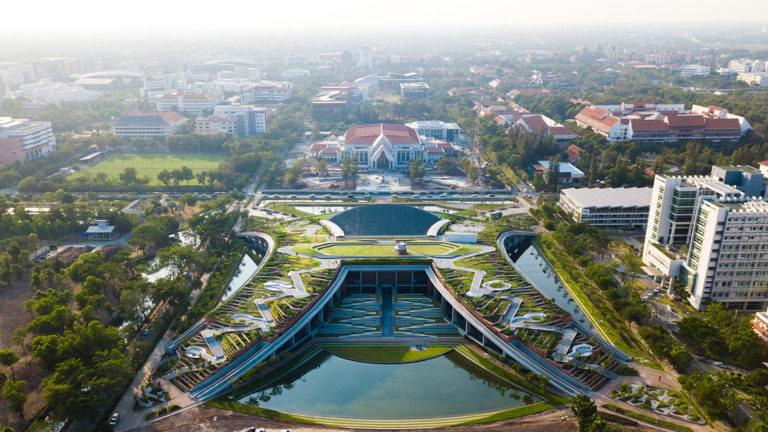Landscape architects need broad historical knowledge of designed and vernacular landscapes and creative design intelligence in order to analyze existing worlds, design projectively, and visualize new possibilities. This requires a nimble education system that endows students with professional skills and fosters connections across disciplines.
A career in landscape architecture offers you a chance to make a real, direct impact on the environment and people’s lives. It can also be a lot of fun.
Eco-friendly practices
Many eco-friendly landscaping practices aim to reduce the environmental impact of gardens. This can be done through sustainable plant selection, use of native plants and avoiding the overuse of chemicals. It also encompasses reducing the amount of water used for irrigation and promoting organic gardening techniques.
The first step in creating a green landscape is to choose native plants. This is because they are accustomed to the climate of your region and are more resistant to diseases and pests. They require less water and fertilizer, thereby cutting down on costs.
Another way to reduce the environmental impact of your garden is to harvest rainwater. This can be done by installing a rainwater harvesting system, such as cisterns and barrels. This reduces the need for household water and prevents pollution from stormwater runoff into lakes, rivers and streams. It can also be done through permeable pavers that let rain soak into the soil rather than run off into streets and gutters.
Aesthetics
Landscape aesthetics refers to the pleasant or artful qualities of outdoor spaces. It includes visual concepts such as balance, harmony and scale. It combines horticultural science, artistic composition and spatial organization to create functional outdoor “rooms” for different uses. It also involves using design principles such as line, form and color, texture, and repetition.
Studies linking landscape aesthetics to biodiversity and CES are emerging [1]. However, understanding the connection between landscape aesthetics, ecological value and biodiversity requires connecting human perception with biodiversity sciences, as a whole.
Aesthetics is a broad term that means something different to everyone. Aesthetic landscapes can be anything from a well-balanced zen stone formation to a vibrant shady garden where the purple to red leaves of Heuchera contrast against the greens of boxwood and weeping redbud and the fine ferny texture of Hakonechloa grass. Whatever your aesthetic preference is, a professional landscaper can help you achieve it in your own yard.
Functionality
Landscape architecture can help reduce stress and improve the health of people who live in urban areas. It can also bring economic benefits to communities by attracting tourists and fostering business. In addition, it can improve quality of life by reducing the amount of time spent indoors and providing attractive outdoor spaces for recreation and social interaction.
A landscape design is to create a harmonious balance between natural processes, social processes, and aesthetic processes. They consider the horticultural potential of plants and their design qualities, such as form, color, texture, and mass. They also consider the environmental requirements of each plant, such as water availability and sunlight exposure.
A successful landscape approach requires a broad consensus among multiple stakeholders. This can be difficult, as the means by which conflicting objectives are resolved will vary over time and from place to place. For example, attempts to secure a broad agreement around the expansion of oil palm in Southeast Asia and the payment for ecosystem services have run into difficulties (principle 7).
Placemaking
The field of landscape architecture is a broad one that encompasses many different areas. Its responsibilities include designing parks, playgrounds, and even entire cities. It also involves creating natural habitats for local flora and fauna.
Creating appealing environments is essential to attracting people. Landscape architects strive to create beautiful spaces that complement the environment and are sustainable for the long term. This is a major goal of the profession, especially considering the human impact on the earth.
Incorporating environmentally friendly practices into a design can be as simple as choosing recycled materials, or as complex as prioritizing native flora and fauna. By using invasive species-free landscaping, landscape architects can help preserve local ecosystems while still providing a comfortable space for humans to enjoy.
A professional landscape designer can help bring your garden dreams to life while keeping a close eye on practical considerations such as budget. However, it’s important to define your goals for your landscape project before you meet with a landscape architect. This will make the process of creating your dream space a lot easier for both you and the designer.

